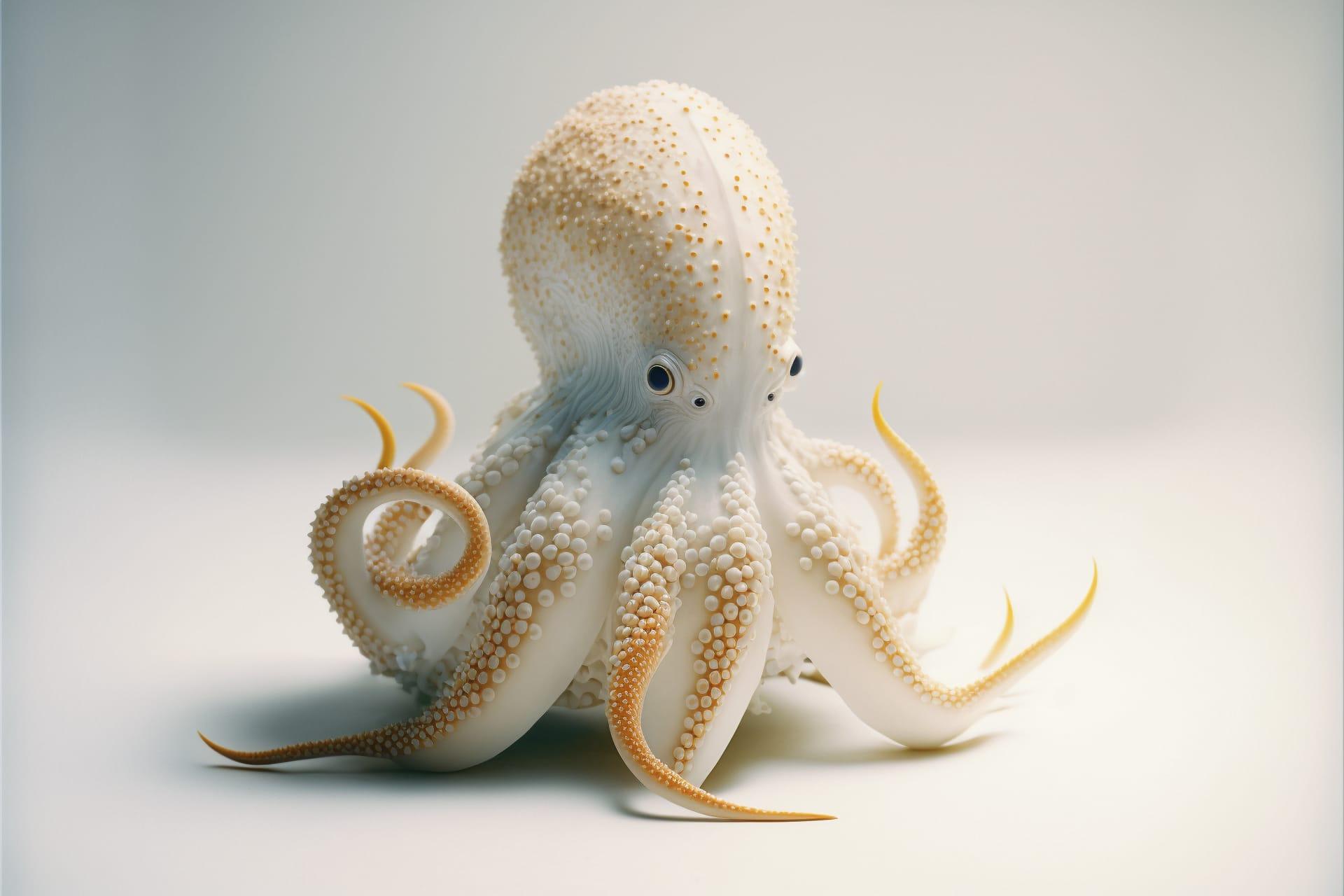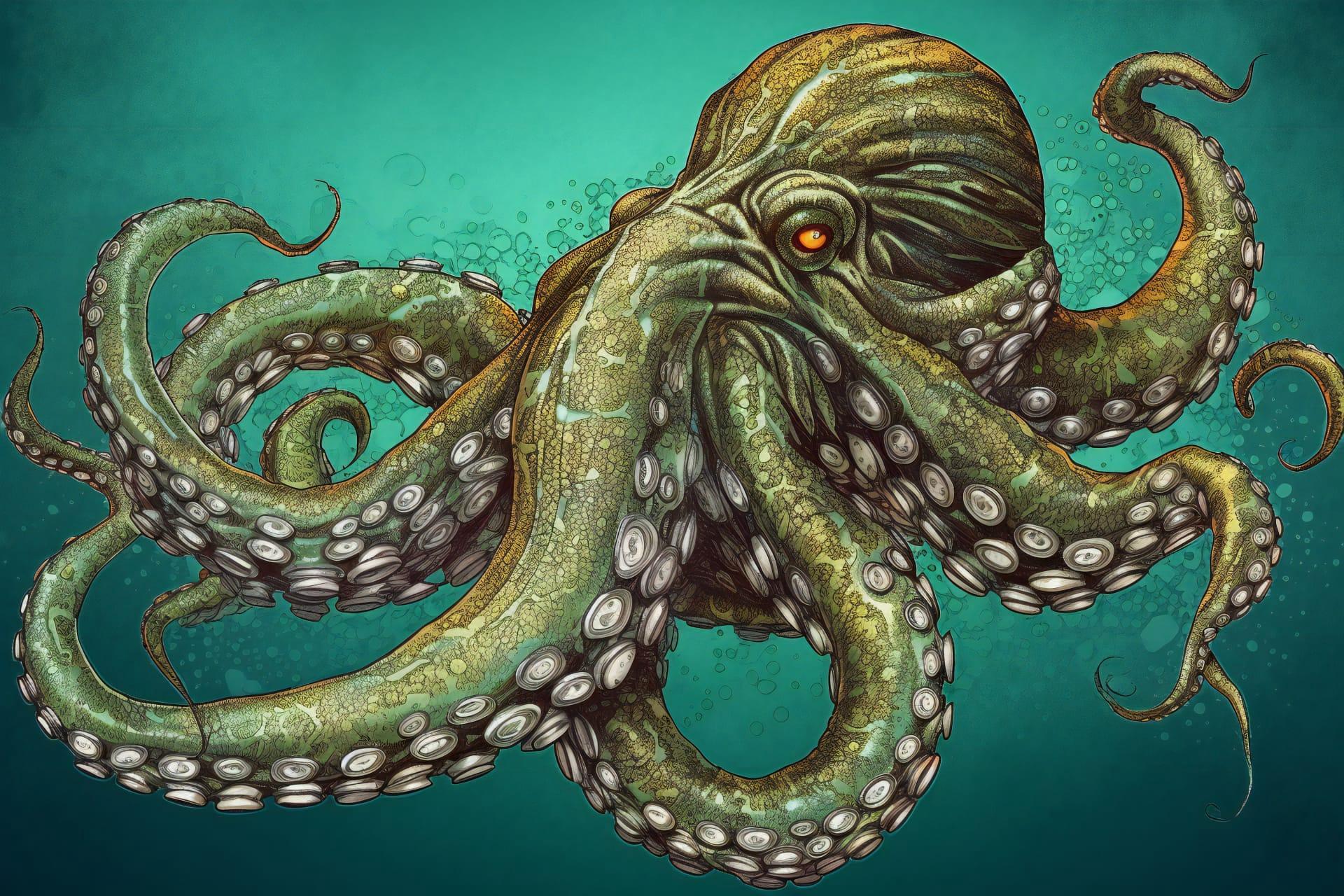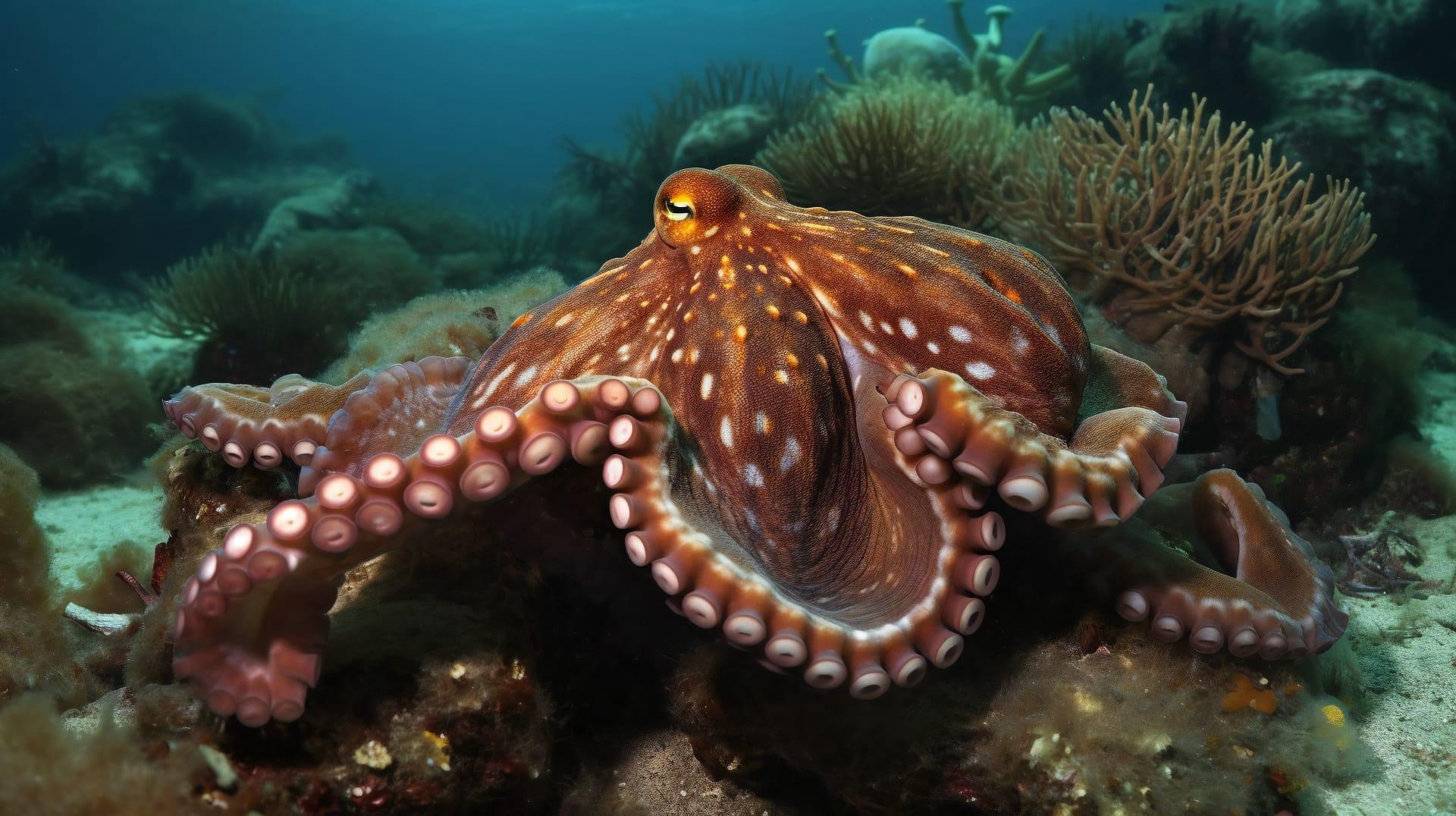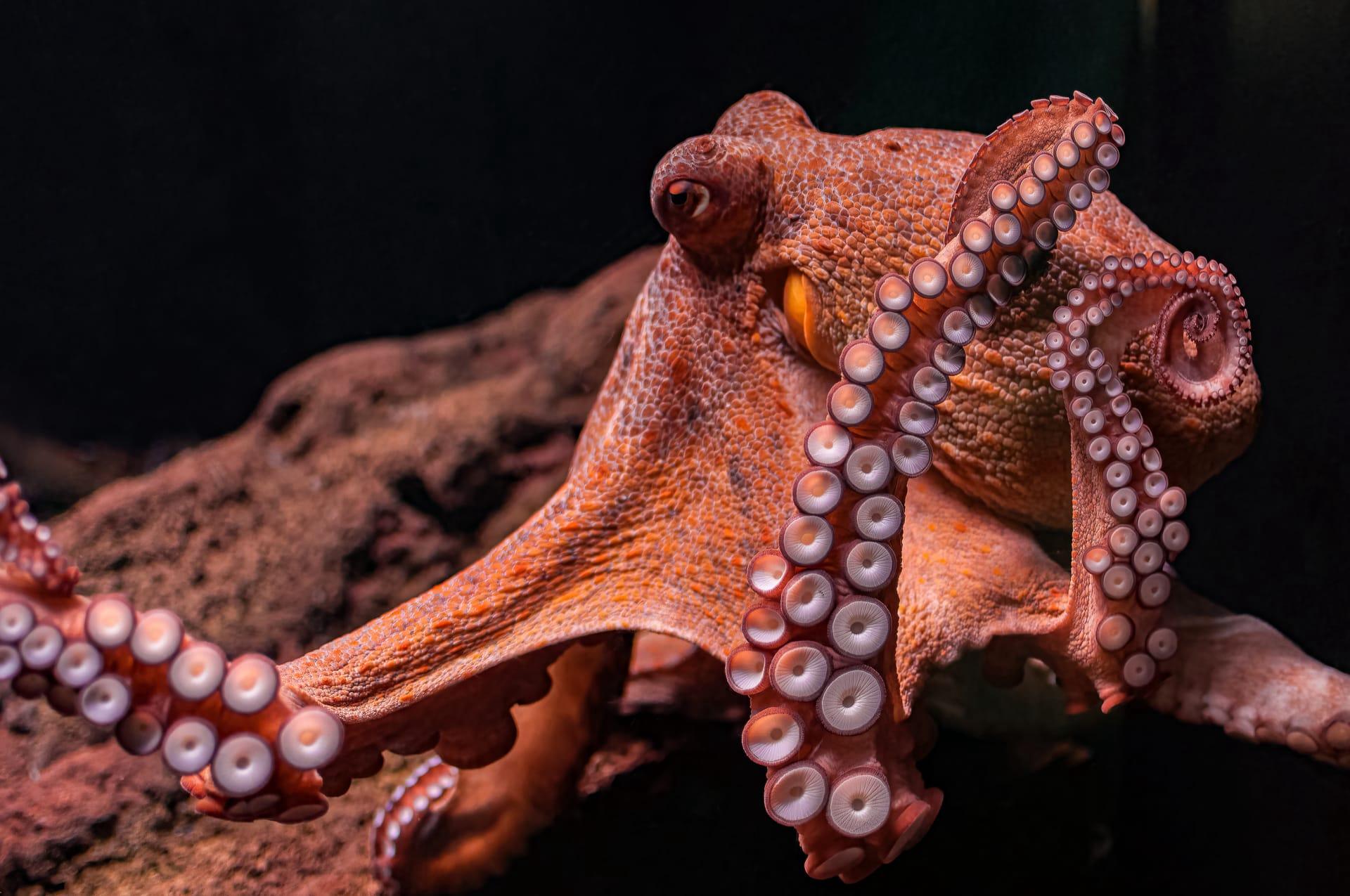1
Octopuses are renowned for their brainpower, boasting an impressive neurological setup with about 500 million neurons. Interestingly, these neurons are not confined solely to their brains; over two-thirds are distributed throughout their eight arms. This unique arrangement allows each arm to operate semi-independently, capable of executing complex tasks such as exploring and manipulating objects without direct input from the central brain. This decentralized control system is a marvel of nature, showcasing a form of intelligence and autonomy that is rare among invertebrates.
Another fascinating aspect of octopuses is their remarkable ability to camouflage themselves. They possess specialized skin cells known as chromatophores, which can change color, opacity, and reflectivity. These cells, under the control of the octopus's nervous system, can create an astonishing array of colors and patterns, allowing the octopus to blend seamlessly into its surroundings. This ability is not just for hiding from predators; it's also used for communication and to intimidate potential threats. The speed and precision with which octopuses can alter their appearance are unmatched in the animal kingdom, making them the ultimate masters of disguise.

2
Octopuses have a unique reproductive strategy that is both fascinating and somewhat tragic. The female octopus, after laying her eggs, dedicates herself entirely to their care, forgoing food to ensure their protection and aeration. This maternal dedication lasts until the eggs hatch, after which the female octopus, having exhausted her resources, typically dies. This cycle highlights the ephemeral nature of the octopus's life, where the culmination of maternal effort leads to the ultimate sacrifice.
The octopus's escape artistry is legendary, showcasing their problem-solving skills and physical adaptability. They are known to escape from enclosed spaces through incredibly small openings, thanks to their soft, malleable bodies that lack rigid structures except for the beak. An octopus can squeeze itself through a gap as small as an inch in diameter, a feat that has led to many an escape from aquariums and research facilities. This ability is not just physical but also cognitive, demonstrating their understanding of their environment and the use of creative strategies to navigate through challenges.

3
Octopuses exhibit a fascinating behavior known as "walking" on the sea floor. While they are primarily known for swimming, they can also use their arms to walk along the seabed, often in a comical, bipedal fashion. This method of locomotion is not just for movement; it's also employed for hunting and exploring their environment. By using their arms to walk, octopuses can keep a low profile, reducing detection by predators and prey alike. This behavior showcases their versatility and adaptability in navigating the diverse terrains of their aquatic habitats.
The lifespan of an octopus is surprisingly short, with most species living only one to two years. This brief existence is punctuated by a single reproductive event, after which they usually die, a phenomenon known as semelparity. Despite their short lives, octopuses experience a rapid growth rate, evolving from a tiny larva to a fully grown adult in just a matter of months. This rapid lifecycle underscores the efficiency of their biological design, allowing them to thrive and reproduce in a wide range of oceanic environments, from shallow tidal pools to the deep sea.

4
Octopuses have a blood type that is vastly different from that of humans, containing the copper-rich protein hemocyanin, which gives it a blue color. This adaptation is particularly suited to cold, oxygen-poor water, enabling efficient oxygen transportation under conditions where hemoglobin-based blood (found in mammals) would be less effective. This blue blood is just one of the many adaptations that allow octopuses to thrive in diverse marine environments, from icy depths to warmer tropical waters.
Remarkably, octopuses can also regenerate lost limbs, a feature that highlights their resilience and adaptability. If an octopus loses an arm due to predation or an accident, it can regrow the limb with astonishing precision, often without any noticeable difference from the original. This regenerative capability is not just a matter of replacing lost tissue; the new limb is fully functional, complete with the intricate neural networks and suction cups characteristic of octopus arms. This process of regeneration is a key survival strategy, allowing octopuses to recover from injuries that would be catastrophic for many other animals.

5
Octopuses are known for their solitary and secretive nature, but recent studies have revealed instances of social interaction and complex behaviors that challenge this perception. In some cases, octopuses have been observed engaging in what can be described as play, manipulating objects in their environment in ways that suggest curiosity and cognitive engagement rather than a direct survival need. This playful behavior indicates a level of intelligence and emotional complexity not commonly associated with invertebrates.
Another intriguing aspect of octopus behavior is their use of tools, a trait once thought to be exclusive to humans and a few other intelligent species. Octopuses have been observed carrying coconut shells and other objects across the ocean floor, which they then use as shelters or to trap prey. This behavior not only demonstrates problem-solving skills but also forward planning and an understanding of their environment. The use of tools is a significant indicator of cognitive sophistication, placing octopuses among the more intelligent creatures of the animal kingdom.